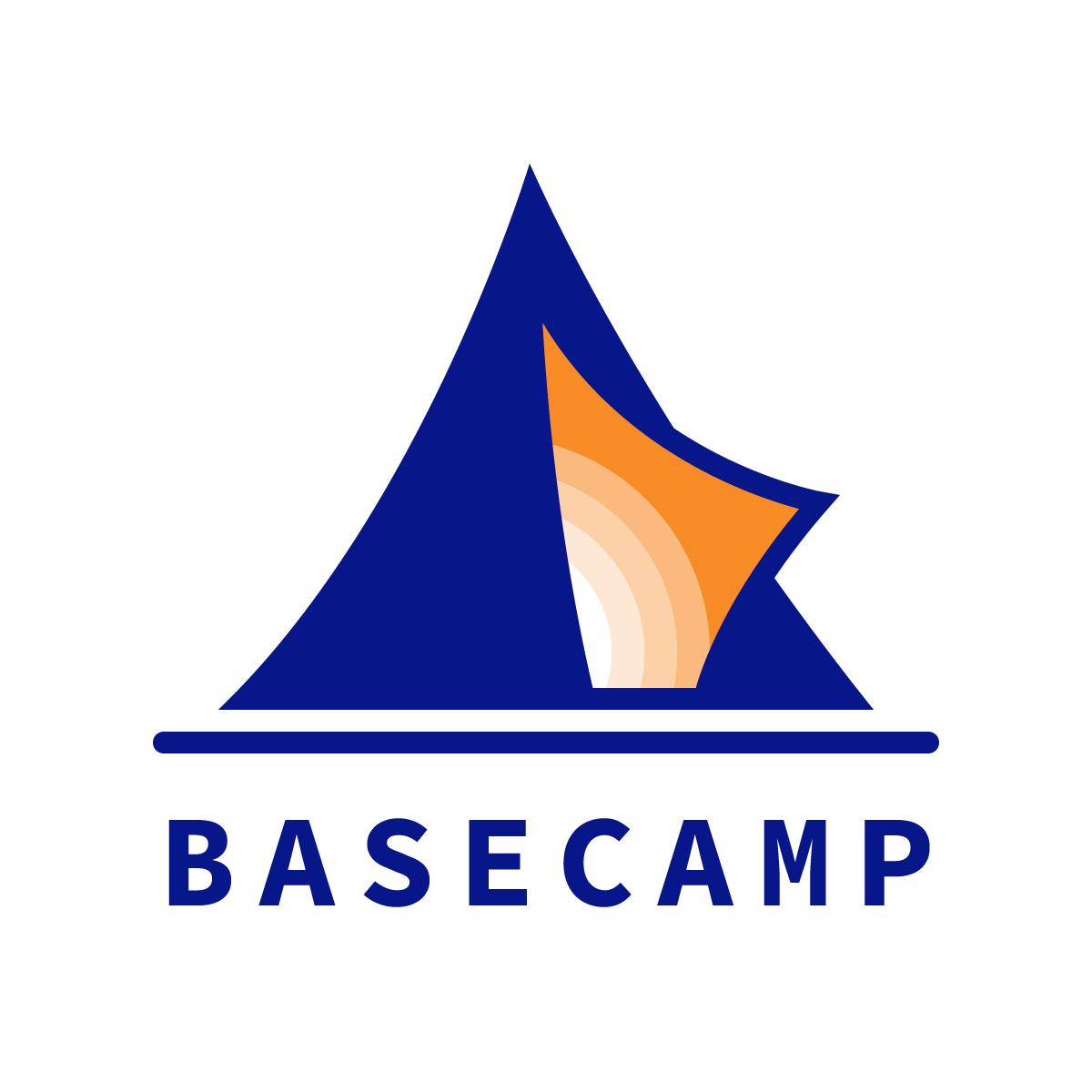Future of Learning Top Reads for week of June 24 2019
“Silicon Valley Came to Kansas Schools. That Started a Rebellion,” by Nellie Bowles, in the New York Times
“Diane Tavenner, a former teacher and Summit’s chief executive, founded a series of public charter schools starting in 2003 called Summit Public Schools and began developing software to use in the classrooms so that students could ‘unlock the power within themselves.’ The resulting program, Summit Learning, is spinning out into a new nonprofit called T.L.P. Education. Ms. Tavenner said the Kansas protests were largely about nostalgia.
“‘There’s people who don’t want change. They like the schools the way they are,’ she said. ‘The same people who don’t like Summit have been the sort of vocal opposition to change throughout the process.’”
Why does this matter to the future of learning?
The title of this article feels like a head fake: it is less about technology and more about how change happens (or fails to happen) in psychologically conservative places.
Because almost every school is now eyeing, pivoting on, or sustaining a change initiative, this article offers two cautionary lessons:
Develop a strong but flexible change model. When it comes to your school’s vision, where are people putting their energy? How does your current culture support or inhibit the change you want to see? What kind of culture might you need to complete the journey? What is your strategy for spreading change? What are you monitoring to know if it’s working? Consider using a change framework like this one as a starting point.
Start and end with culture. What got you here almost certainly will not get you there. As Eric Ries has said, “Culture is what people do when no one tells them what to do.” Therefore, every day you must nurture the culture that will ensure that change continues even when you’re not around to direct it.
…speaking of culture change…
***
“What Cross-Silo Leadership Looks Like,” by Tiziana Casciaro, Amy C. Edmondson, and Sujin Jang, in Harvard Business Review
“Not only is each one useful on its own in tackling the distinct challenges of interface work, but together these practices are mutually enhancing: Engaging in one promotes competency in another.
1. Deploying cultural brokers who build connections across groups...
2. ...gets people to ask questions and learn what employees in other groups are thinking.
3. When people start asking better questions, they’re immediately better positioned to understand others’ perspectives and challenges.
4. Seeing things from someone else’s perspective—walking in his or her moccasins—in turn makes it easier to detect more pockets of knowledge.
5. And network scanning illuminates interfaces where cultural brokers might be able to help groups collaborate effectively.”
Why does this matter to the future of learning?
Innovation happens at the speed of trust. If you want change to happen at your school, connect people through “cultural brokers” who can help to foster trust.
***
Question of the week:
***
Thank you for reading this post from Basecamp's blog, Ed:Future. Do you know someone who would find the Ed:Future blog worthwhile reading? Please let them know that they can subscribe here.



